Understanding and Managing Violence in Institutions
What is Institutional Violence?
In PRISM institutional violence is defined broadly as including acts such as verbal aggression (including threats of harm or behaviour which is intimidating) as well as physical and sexual violence. Institutional violence is a significant problem. Its effects are not had to discern: staff, prisoners and patients are injured and may become traumatised, property is destroyed, regimes disrupted and violent individuals are typically held longer in more restrictive regimes. Economically, the impact is wide-reaching. Direct costs are incurred due to disability, illness, staff absenteeism and staff turnover. Indirect costs can result from reduced quality of service, decreased competitiveness, negative image and low morale. Organisations such as prisons and health care settings might be adjudged to have failed in their duty of care if prisoners, patients and/or staff are victims of violence.
Why is PRISM different?
Attempts to understand and manage violence have traditionally been person-focused, i.e., factors located within the individual such as mental disorder, antisocial attitudes, substance use problems, etc. have been the target of concern. However, a range of external factors also influence violent behaviour; human behaviour does not occur in a vacuum of internal drives and motivations. The situation is important. Within settings such as prisons and hospitals, the relevance of situational factors might be amplified given the unique features of such places – unique features such as limited access to the outside world; activities supervised, controlled or prevented; time is organised; life is conducted under the authority of, or in the presence of other people; and there is a complex relationship between staff and residents (Goffman, 1961).
Efficient Management Strategies
Since interventions for violence reduction which are aimed at the individual level are often required over prolonged periods of time and may or may not show observable effects, it is essential that interventions that are wide-reaching, time and cost effective, are also available. Benefits of situational crime control have been documented as showing these outcomes (see Clarke, 1997) and this has been observed in the closed setting of a prison designed to contain very violent men with high psychopathic tendencies (Cooke, 1987). It was therefore considered appropriate to extend these findings and explore further the relationship between situational risk factors and institutional violence.
What are Situational Risk Factors?
In PRISM, situational risk factors refer to the features of the institution (e.g., physical environment and security features, staff levels, organisational ethos, management structure and style, and patient/prisoner assessment and treatment, etc.) in which the violence takes place.
State of the Art Approach to Risk Assessment and Management
PRISM reflects several years of research during which the risk factors were derived from empirical work, qualitative analysis and examination of good practice. The risk factors examined can be conceptualised into five distinct domains: history of violence, physical environment and security, organisational factors, staff features, and case management.
 Evidence base
Evidence base
PRISM is a structured professional judgement (SPJ) approach to the assessment of violence risk. This approach provides an evidence base for the risk factors to be assessed; it requires evaluators to exercise professional judgement in reaching a conclusion about whether there is sufficient evidence that a particular risk factor is relevant in a particular context. Importantly, the approach is flexible in that it allows the consideration of case-specific risk factors that might be of specific relevance, in a particular context, or at a particular time.
Action-Oriented that Promotes Risk Intervention
As the title implies, the PRISM encourages the evaluators to move beyond a simple listing of risk factors and towards using this information to generate a set of risk interventions that the organisation might consider implementing.
Multi-disciplinary
Because PRISM addresses a range of different aspects, a large amount of information is required. A multi-method, multi-informative approach to assessment is optimal. The PRISM has been developed with this in mind and it is advocated that a team of multi-disciplinary staff is convened to carry out the evaluation. This also helps engage staff from different areas who will have different knowledge and priorities. This can be fruitful in generating multi-faceted risk management plans.
Skills Training
Users of PRISM can gain proficiency via a range of procedures such as attending workshops, having evaluations supervised by the authors or others experienced in using the tool, practicing cases etc.
Copies of PRISM and details of training courses on this tool can be obtained from:
David J Cooke
E: djcooke@rgardens.vianw.co.uk
T: 0044 141 331 3019
F: 0044 141 331 2636
References
Clarke, R.V. (1997). Situational Crime Prevention. Successful Case Studies. 2nd Ed. Criminal Justice Press, Monsey, New York, U.S.A.
Cooke, D.J. (1991). Violence in prisons. The influence of regime factors. The Howard Journal of Criminal Justice, 30, 95-109
Duhart, D.T., (2001). Violence in the Workplace, 1993-1999. Bureau of Justice Statistics Report. US Department of Justice, Bureau of Justice Statistics. NJC 190076.
Goffman, E., (1961). Cited in Campling, P., Davies, S., & Farquharson, G., (2004). From toxic institutions to therapeutic environments and residential settings in mental health services, Gaskell. UK.
Webster, C.D., Douglas, K.S., Eavves, D., & Hart, S.D., (1997). Historical Clinical Risk 20: Assessing Risk for Violence. Version 2, Simon Fraser University, Burnaby, British Columbia.

